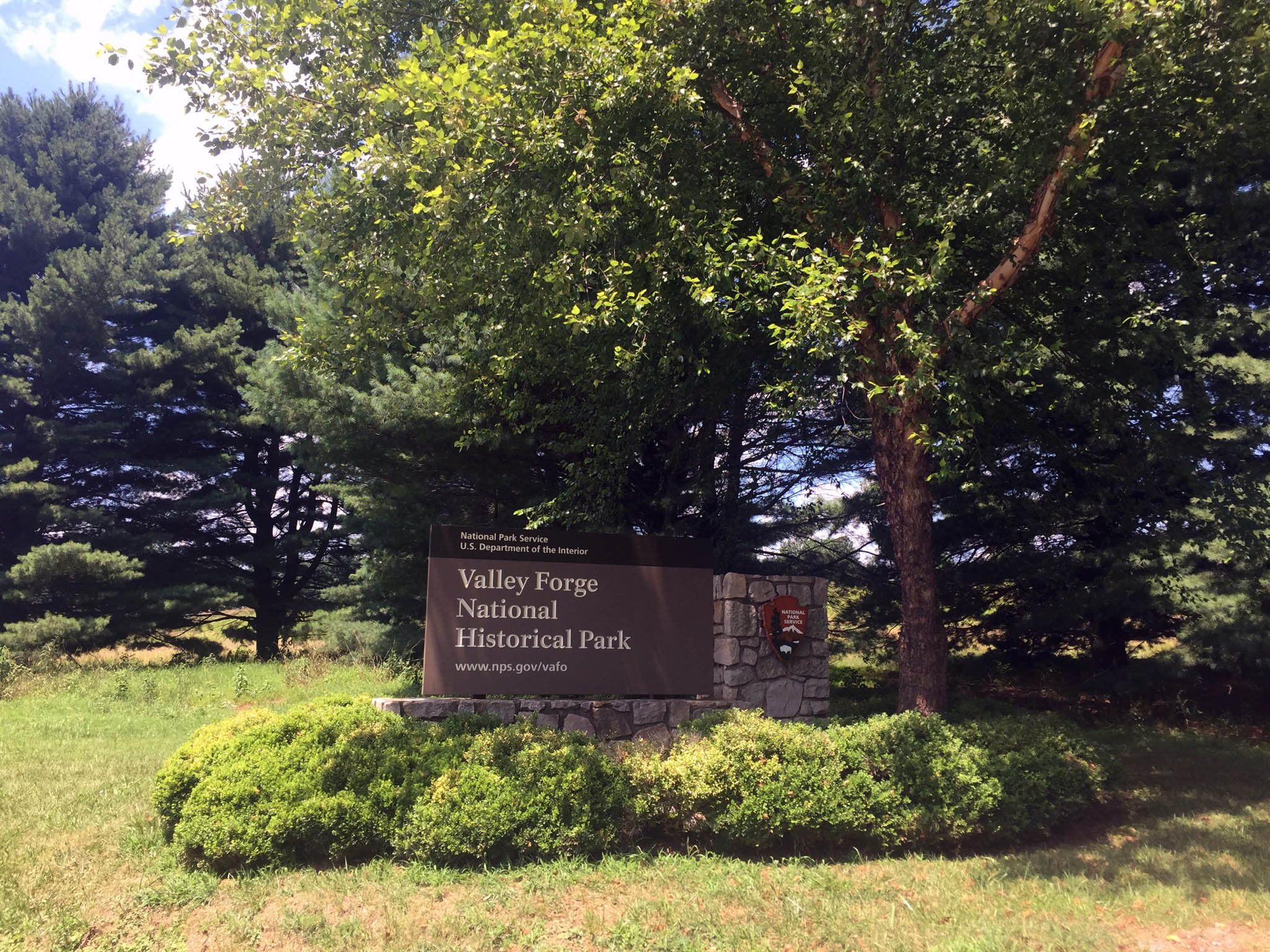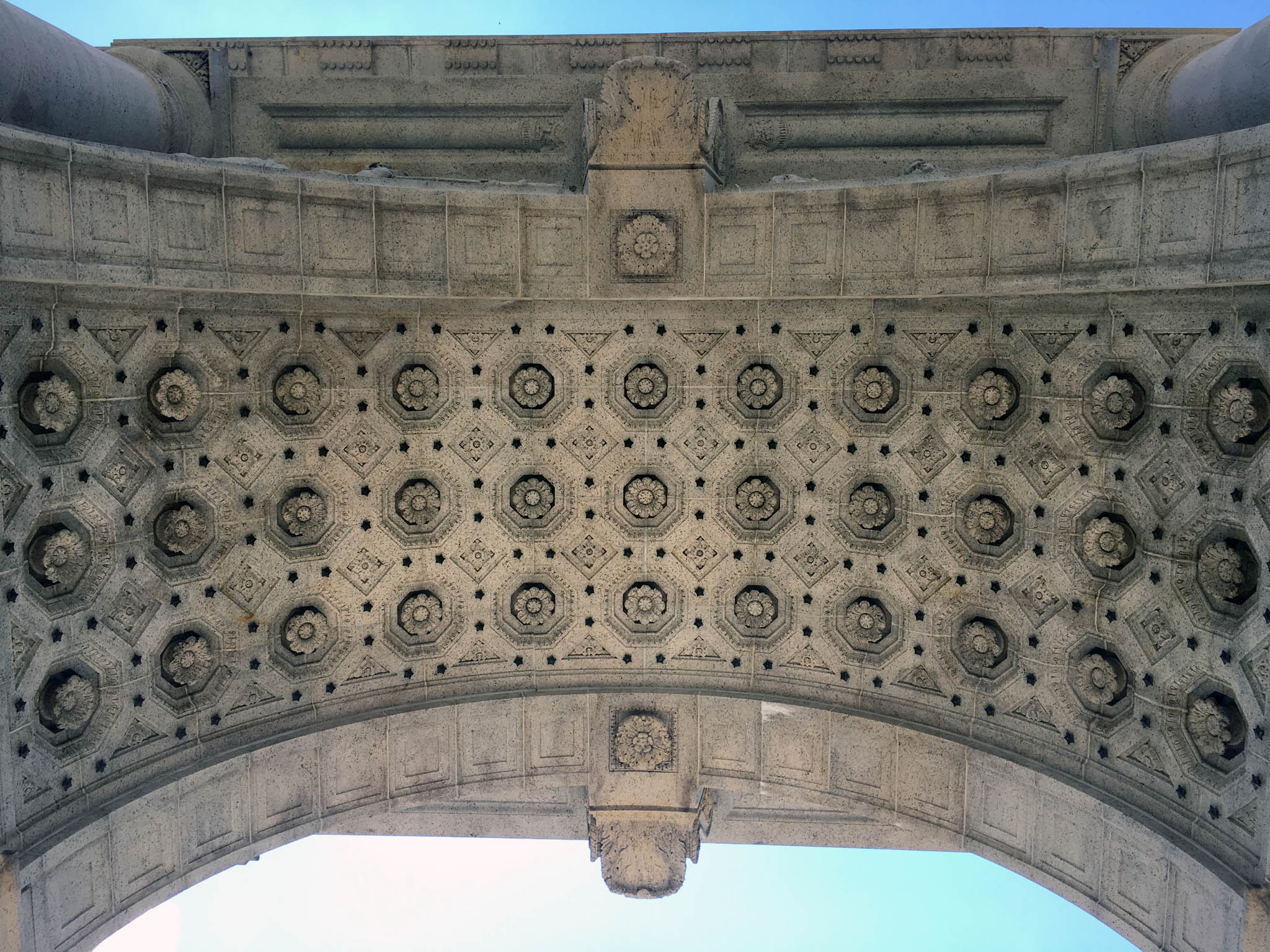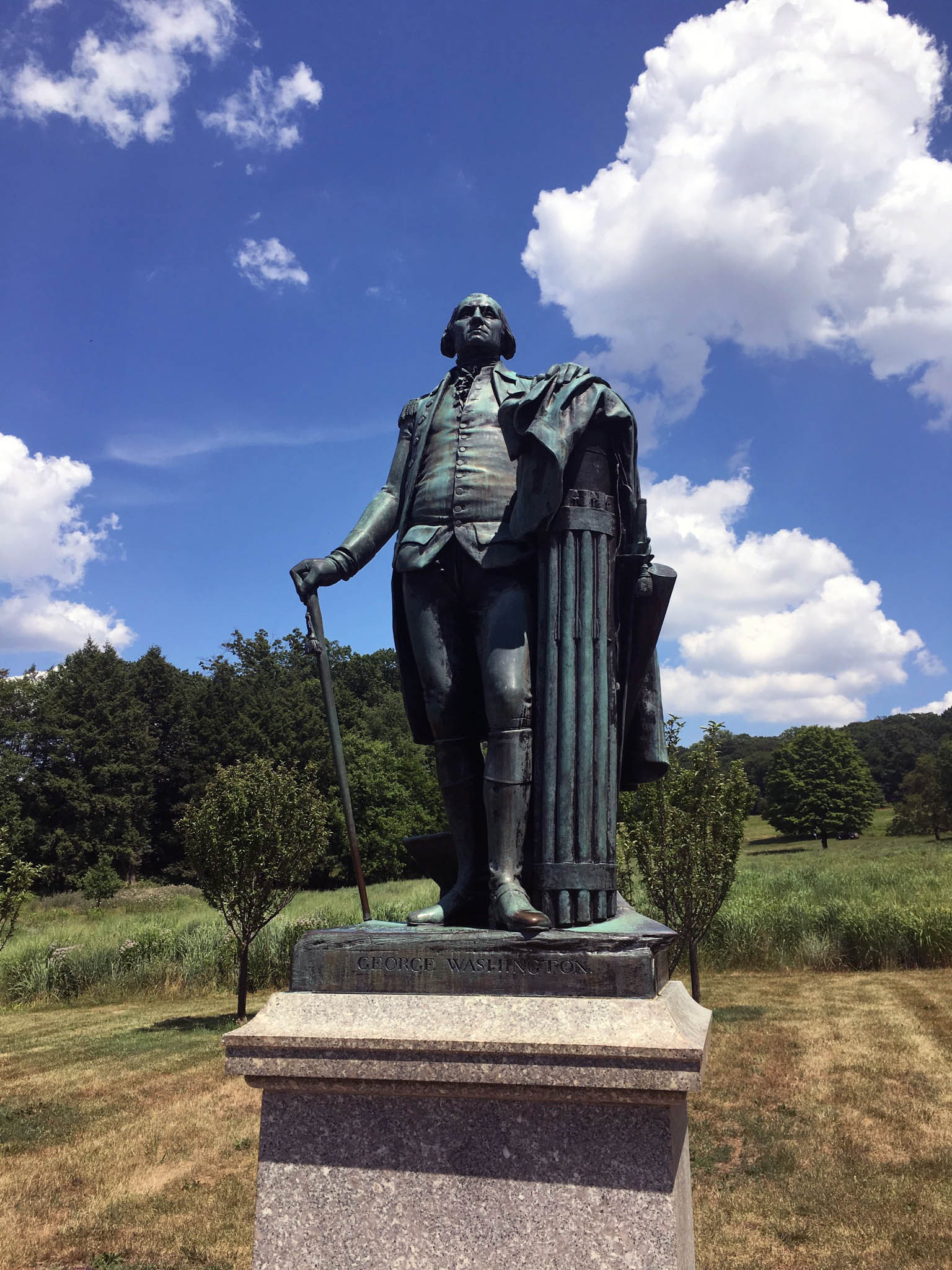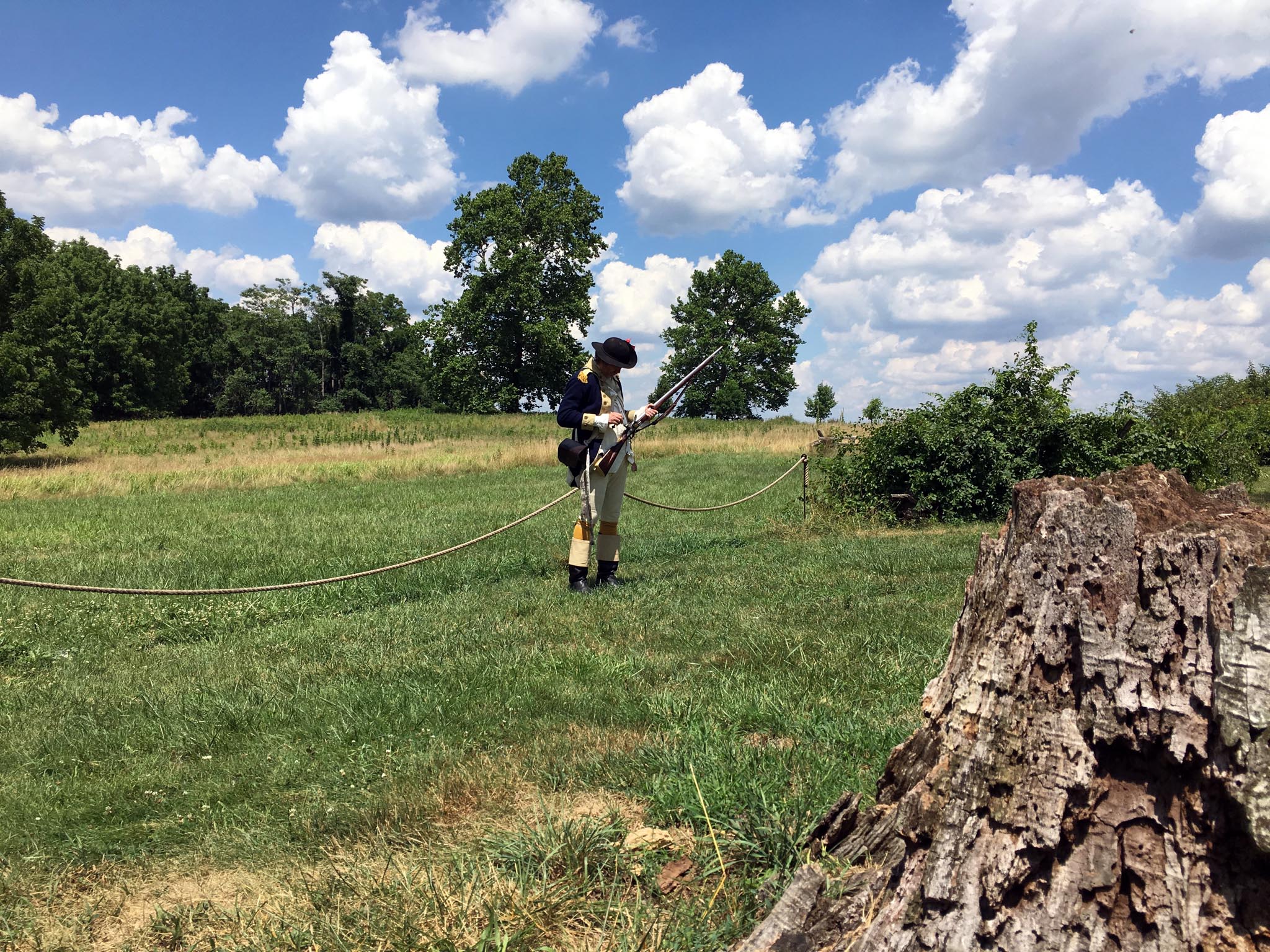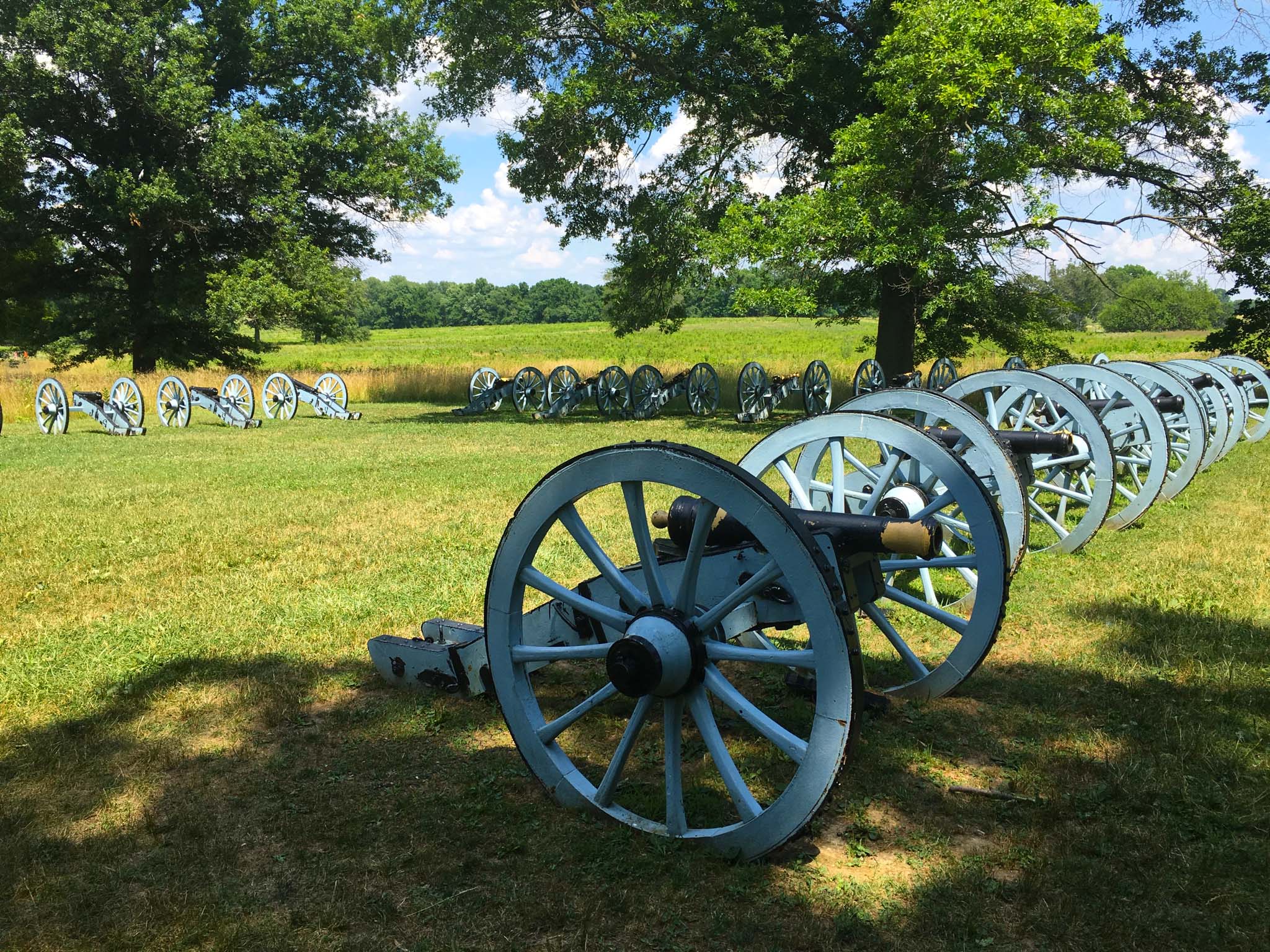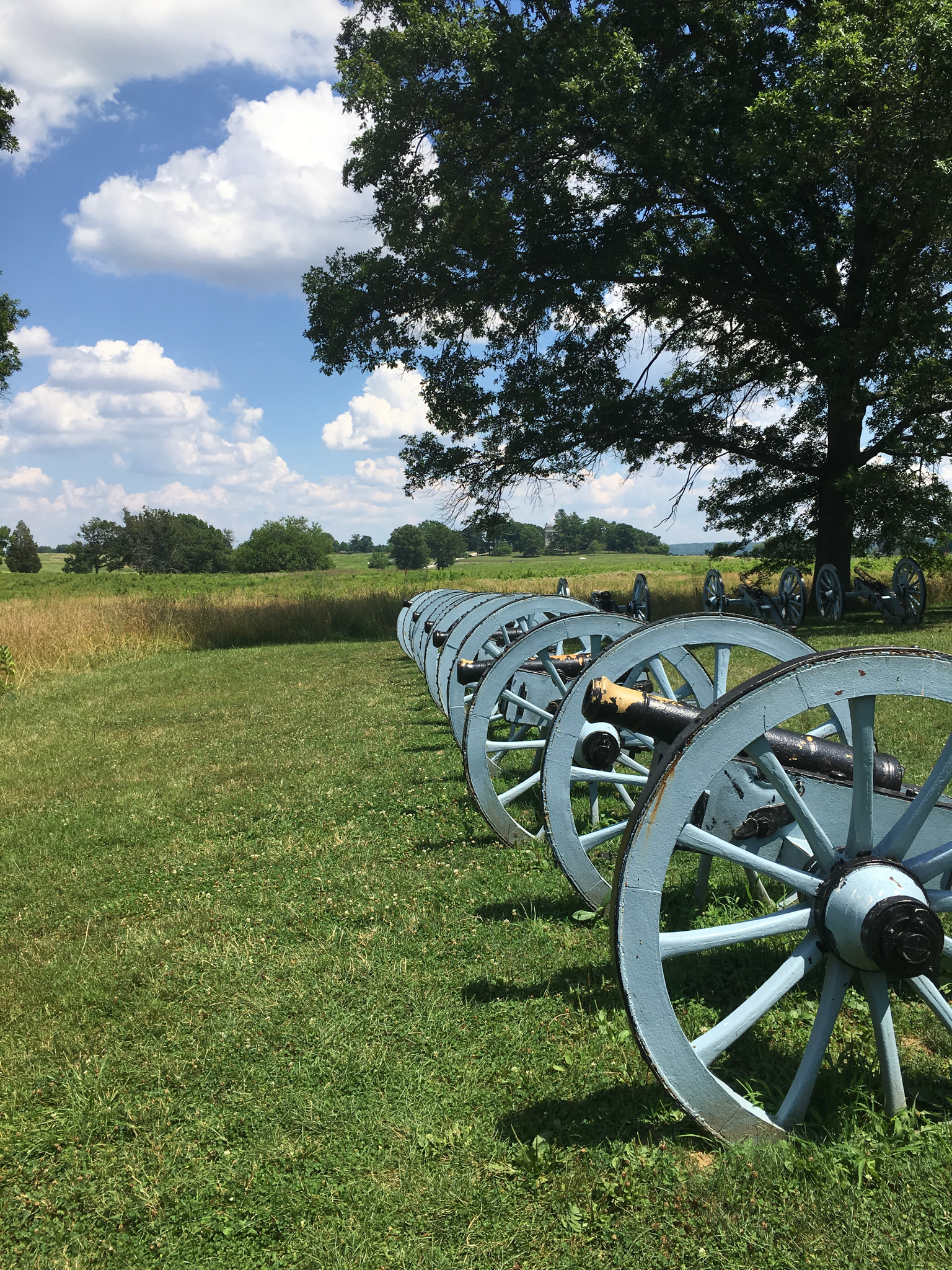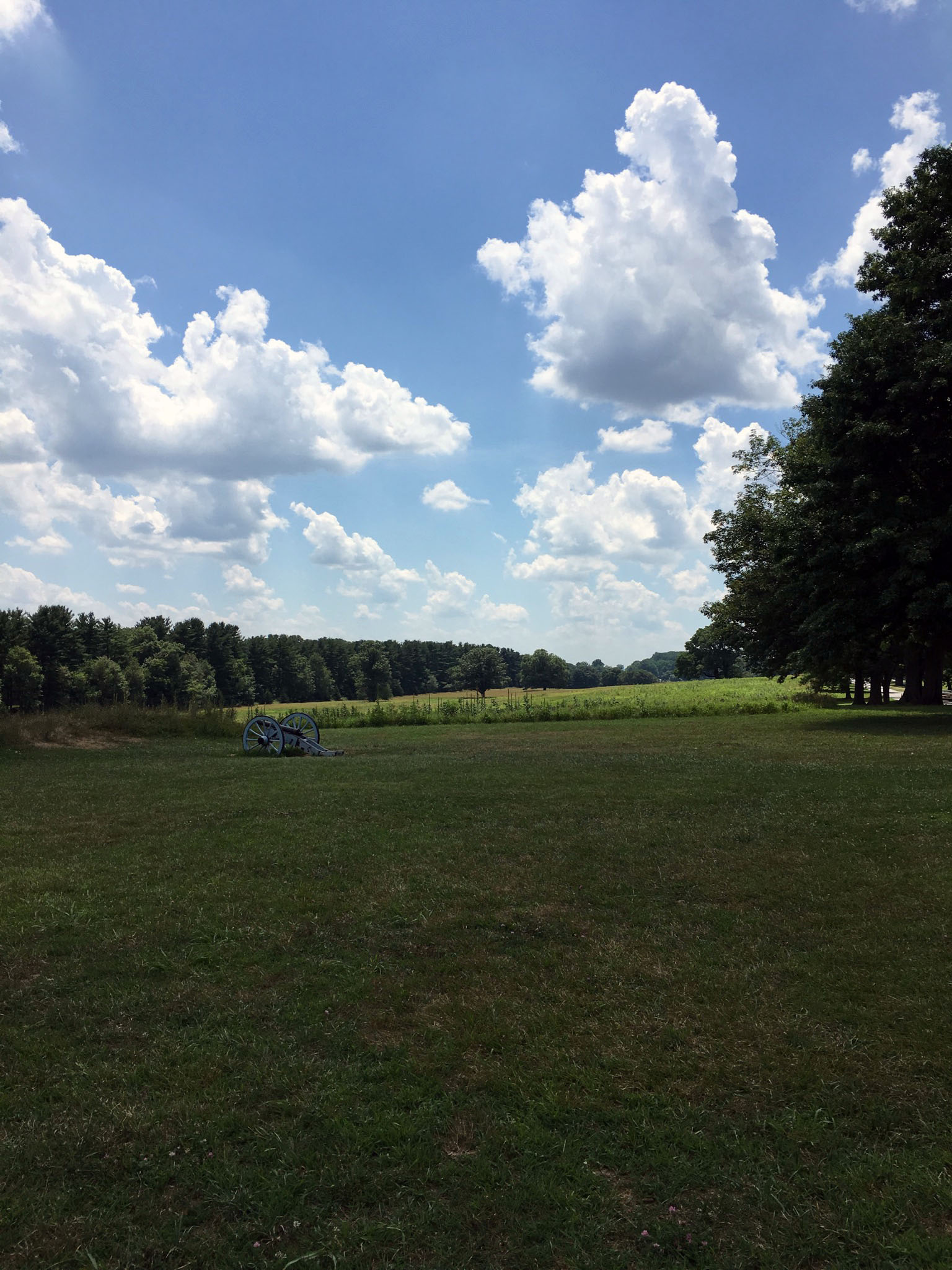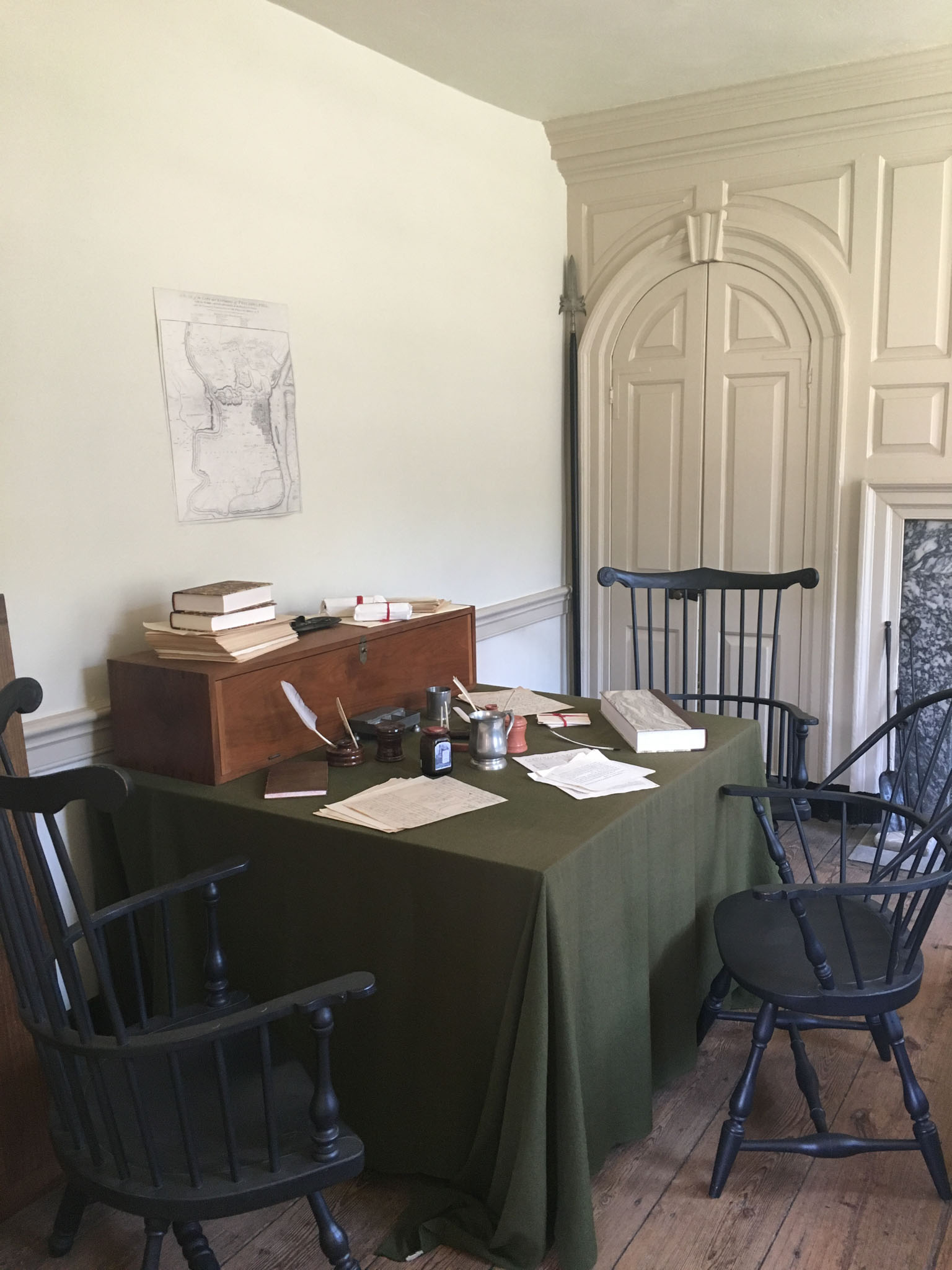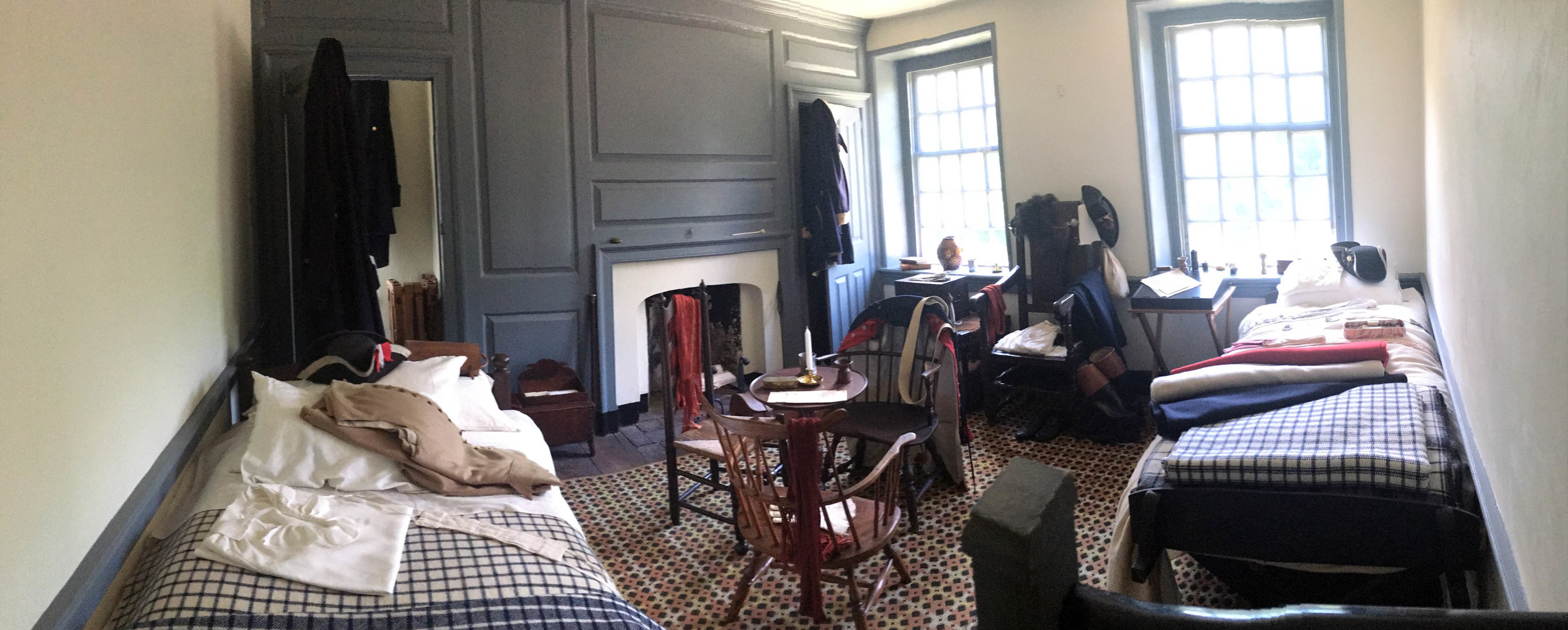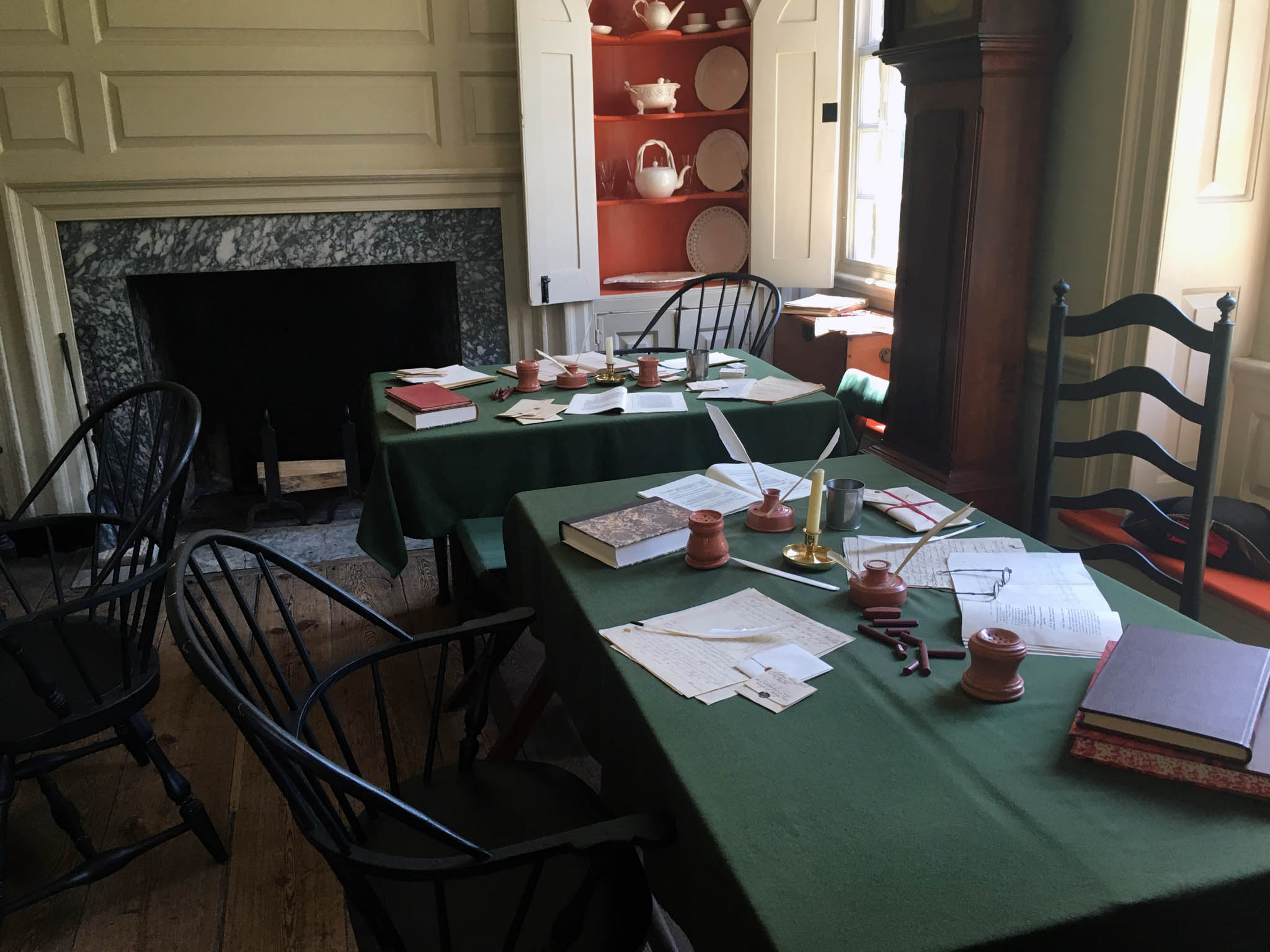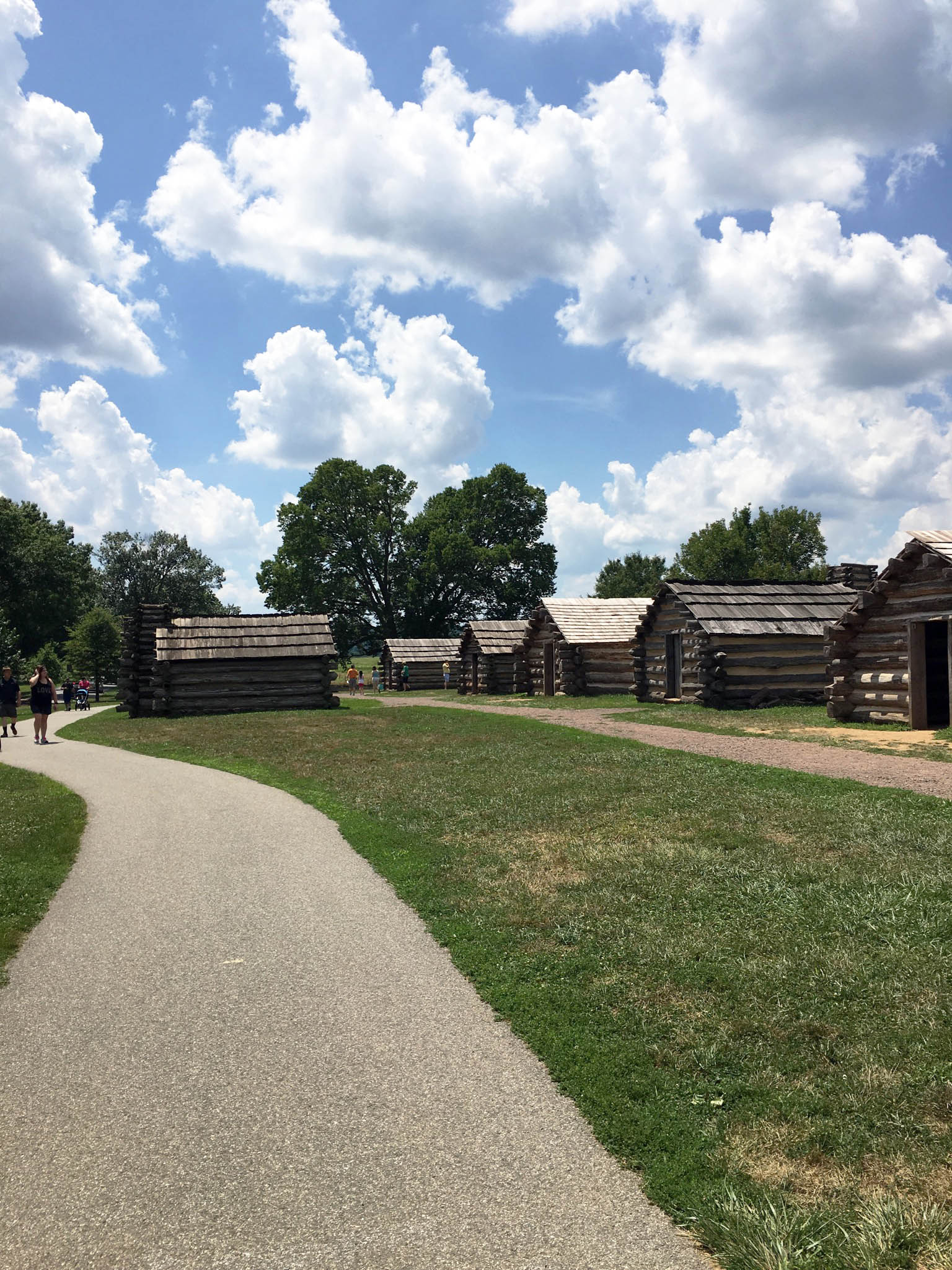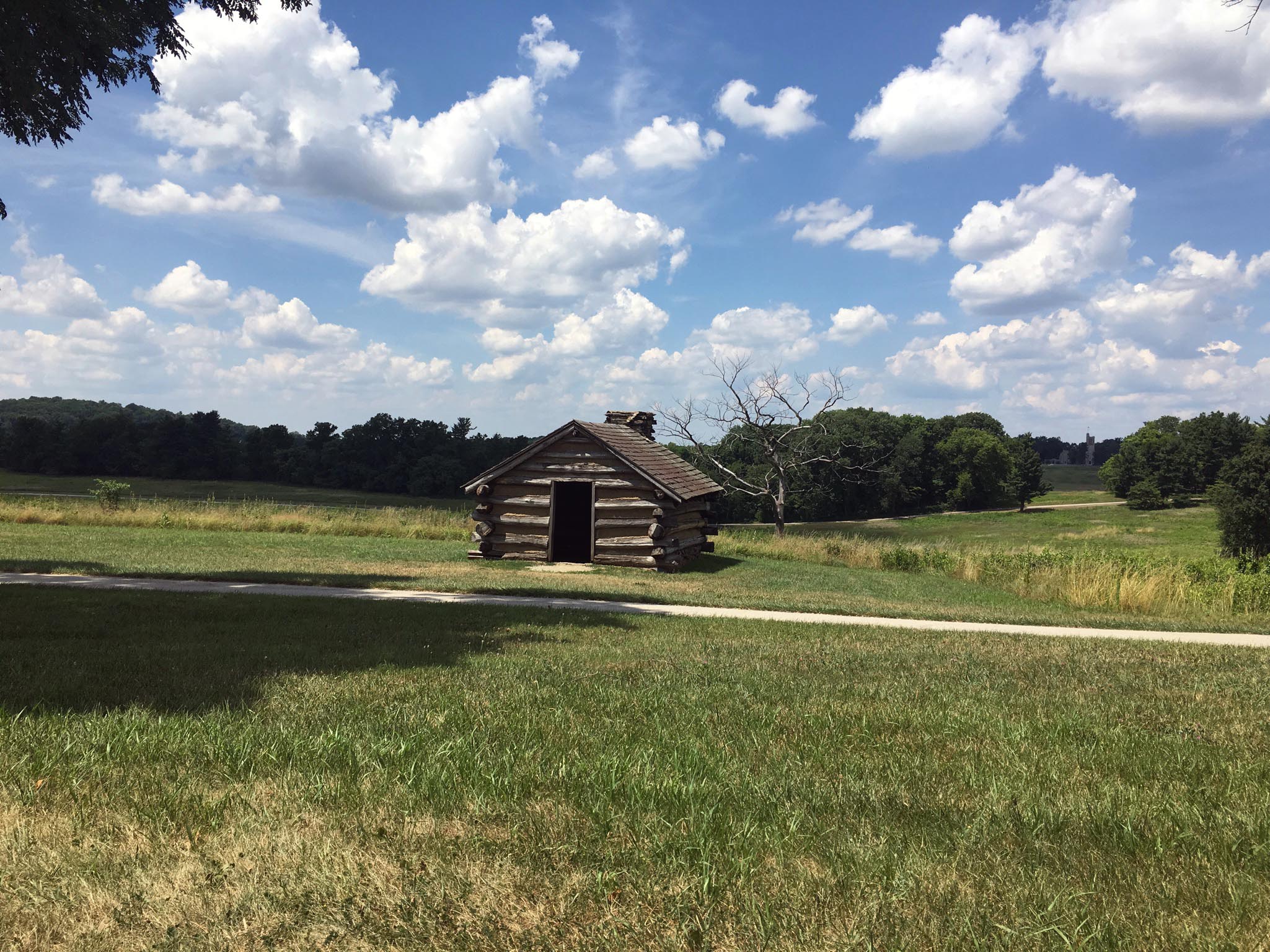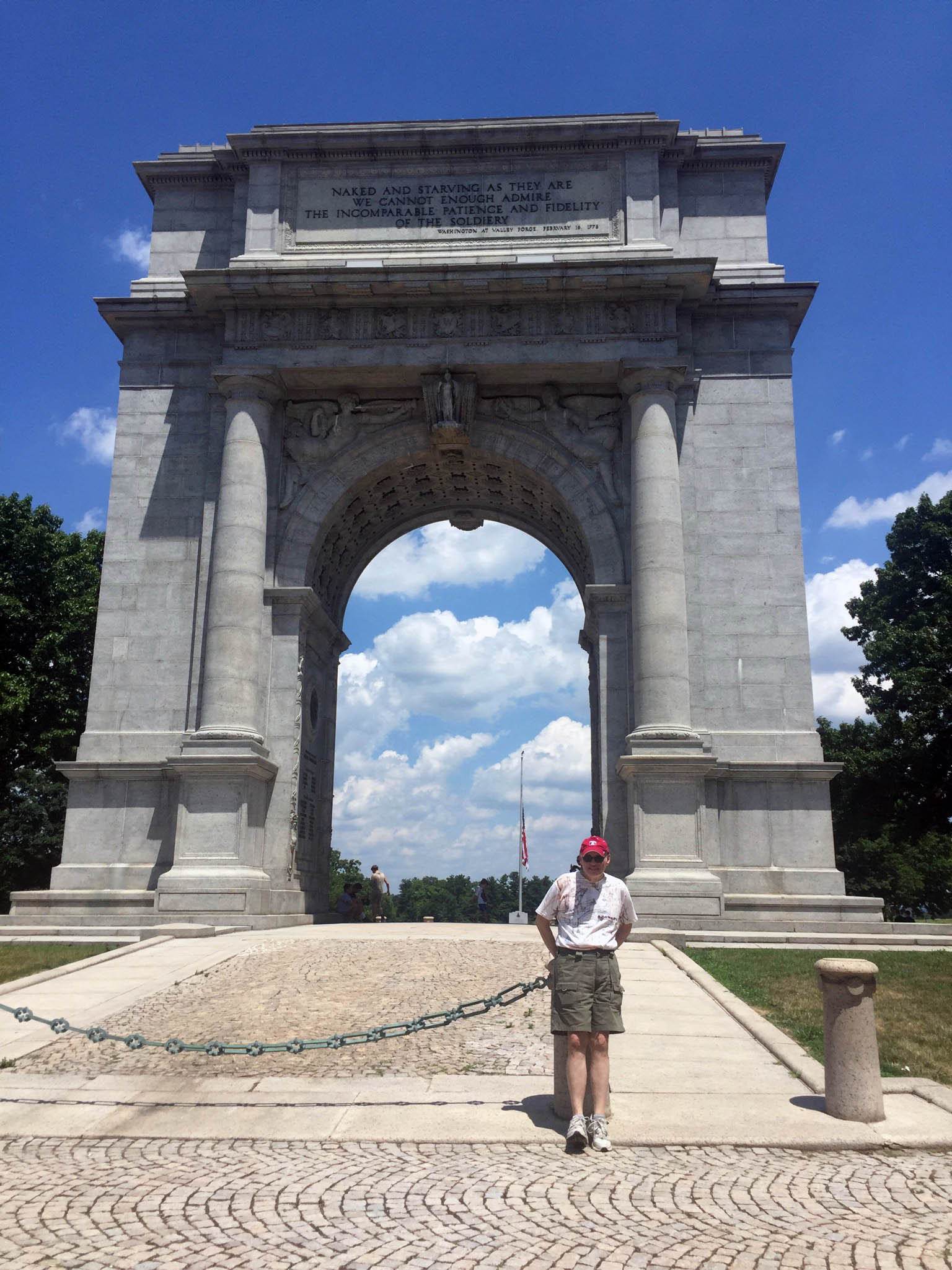We explored Valley Forge National Historical Park, where George Washington and the Continental Army decamped during Revolutionary War from 1777-1778, on a summer day where the weather was "polar opposite" to that historically frigid winter. Our day was an enchanting foray into the rural Pennsylvania countryside, which is expansive and idyllic. The park is not only a repository of vital history, but also home to 19.5 miles of hiking trails, 21 miles of cycling trails, and 17 miles of horseback trails. Bicycle rentals are available, as are ranger led walks and storytelling activities for younger visitors. Wildlife is plentiful, in river, forest, meadow, and wetland habitats. As per the NPS, the park is home to more than 225 species of birds and 730 species of plants.
Valley Forge is roughly forty minutes northwest of Philadelphia, in Montgomery County, Pennsylvania, and its northern trails access other historic sites in both the county and the city. The lush, pastoral landscape is enveloping. Many of the park's primary historic sites can be explored via the 6.6 mile Joseph Plumb Martin Trail on the southern side, or the the ten-mile Encampment Tour, which can be completed as a self guided driving tour (a cell phone guide is available for download) or via a 90-minute trolley tour that departs from the Visitors Center. Key sites include Washington's Headquarters, where he held critical meetings with Lafayette, Knox, and Alexander Hamilton, replicas of cabins shared by militia men, the Pennsylvania columns, a monument to soldiers from the region, and the 1917 National Memorial Arch, restored by the Freemasons in 1997. Our slideshow seeks to capture the beauty of the park, and to share a few of the key sites that commemorate this critical moment in early American history.

